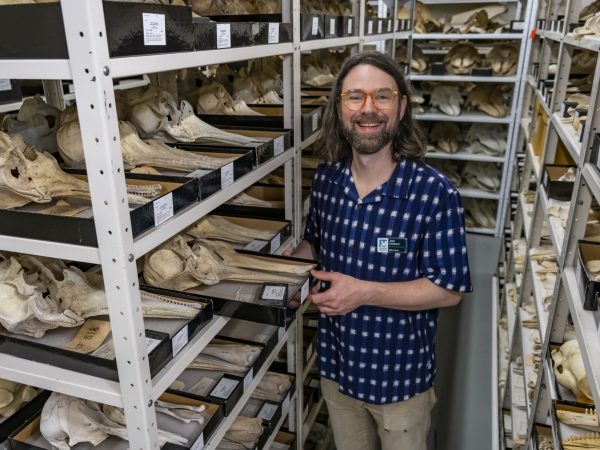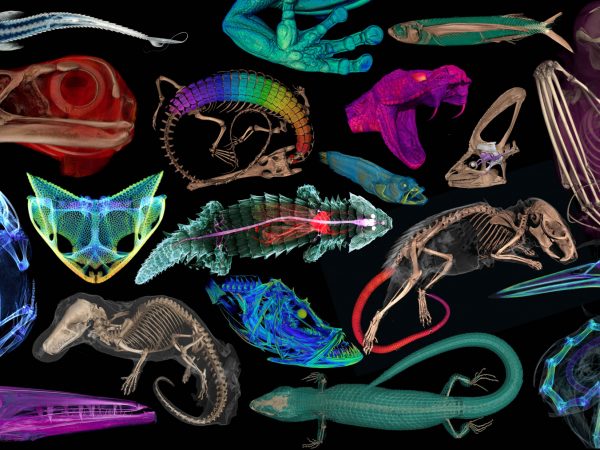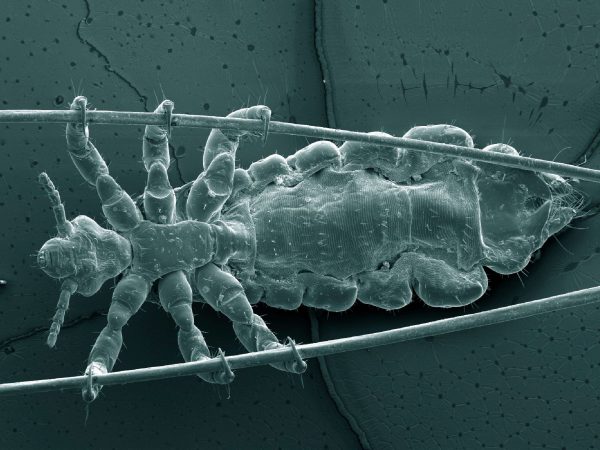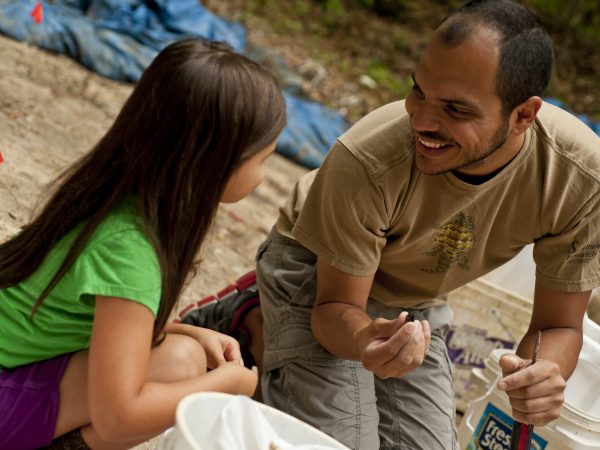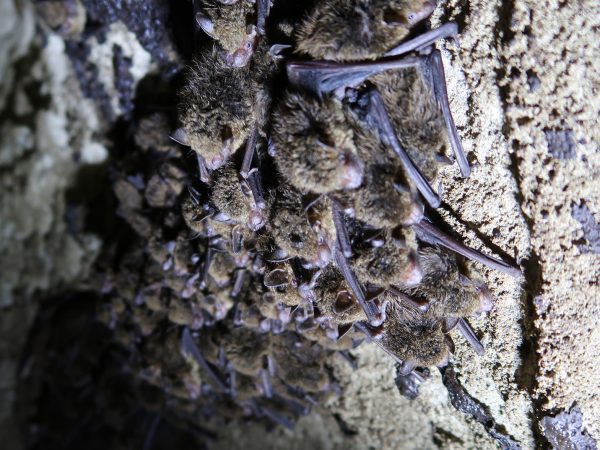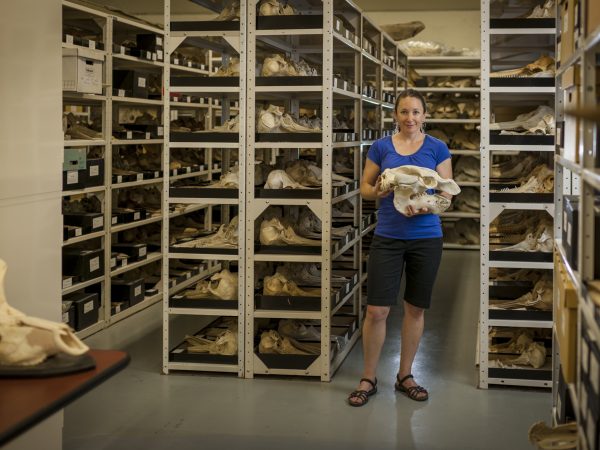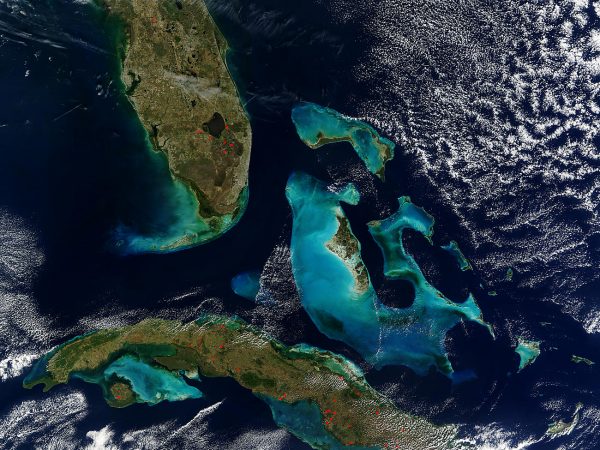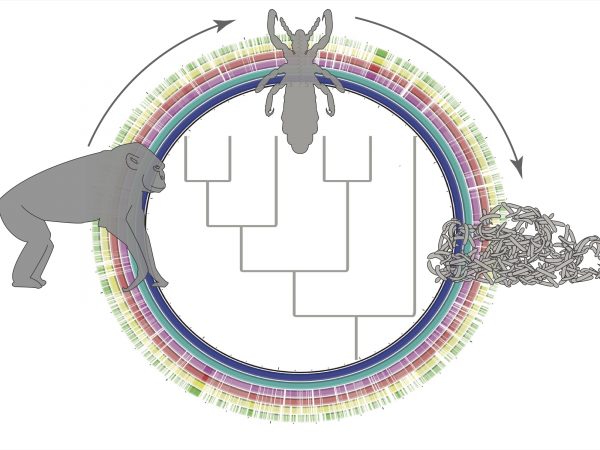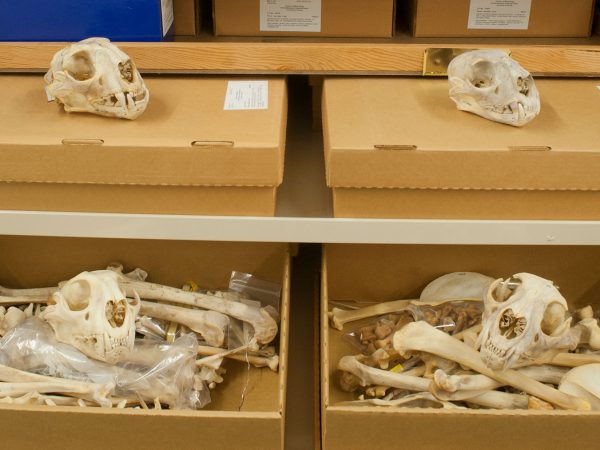New faculty highlight: Jonathan Nations, curator of mammals
Jonathan Nations joined the Florida Museum of Natural History as curator of mammals this April. Before delving into biology, he…
Read More
Scientists CT scanned thousands of natural history specimens, which you can access for free
Natural history museums have entered a new stage of scientific discovery and accessibility with the completion of openVertebrate (oVert), a…
Read More
Head lice evolution mirrors human migration and colonization in the Americas
A new analysis of lice genetic diversity suggests that lice came to the Americas twice – once during the first…
Read More
Move over, armadillos. There’s a new bone-plated mammal in town
Mammals are a bit odd when it comes to bones. Rather than the bony plates and scales of crocodiles, turtles,…
Read More
Alumni Q&A: Angelo Soto-Centeno
“I think one thing from the Florida Museum that I’ll always take with me is how approachable my collaborators were…
Read More
Five Facts: Bats in Florida
First of all, there are no vampire bats in Florida! And bats are not rodents. They are in their own…
Read More
Becoming Visible: Verity Mathis
The University of Florida’s Florida Museum of Natural History celebrated 100 years of inspiring people to care about life on…
Read More
Ocean channel in Bahamas marks genetic divide in Brazilian free-tailed bats
Brazilian free-tailed bats are expert flyers, capable of migrating hundreds of miles and regularly traveling more than 30 miles a…
Read More
Partners in parasitism, lice and their bacterial sidekicks share long history
A Florida Museum of Natural History study provides new insights into the complex, shared history between blood-sucking lice and the…
Read More
Mammal collections and the Florida panther
Verity Mathis, mammal collections manager at the Florida Museum of Natural History, discusses the importance of mammal collections and the…
Read More
